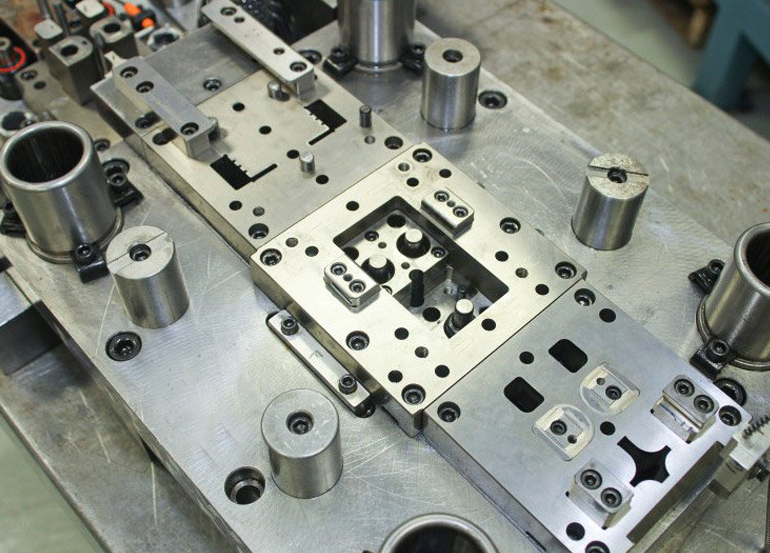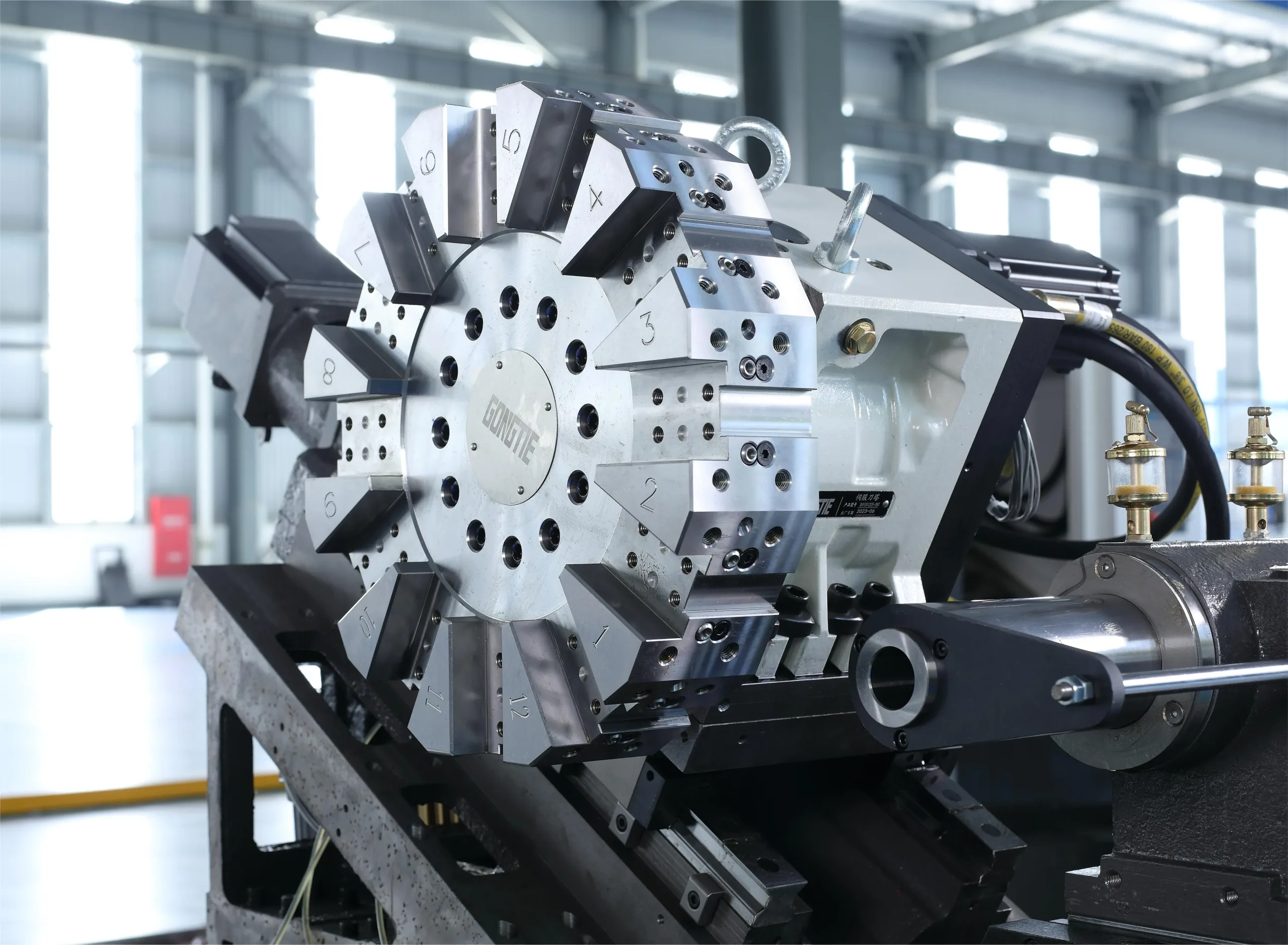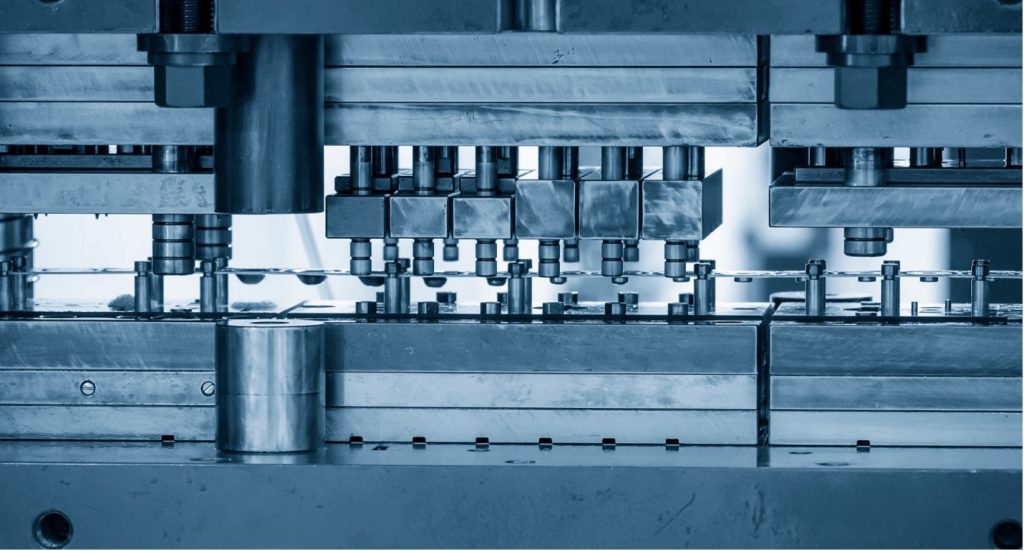Progressive dies are the backbone of high-volume stamping operations. They enable multiple operations, such as cutting, bending, and forming, to occur within a single continuous press cycle. However, achieving both speed and consistency requires more than just good tooling. Innovative design strategies are critical for reducing cycle time and boosting yield. This guide explains practical methods manufacturers can apply and highlights real-world data to support these choices.
Optimising Strip Layout for Efficiency
A well-planned strip layout is one of the most effective ways to minimise waste and reduce cycle times. By aligning parts tightly and minimising scrap bridges, manufacturers can cut raw material usage by up to 15% according to a study by the Precision Metalforming Association. Additionally, shorter feed lengths allow presses to run faster without sacrificing accuracy. Engineers should utilise CAD/CAM tools to simulate layouts and identify potential overlaps before conducting physical trials. This reduces the time spent on trial runs and accelerates the launch of new tools, thereby enhancing the performance of progressive dies.
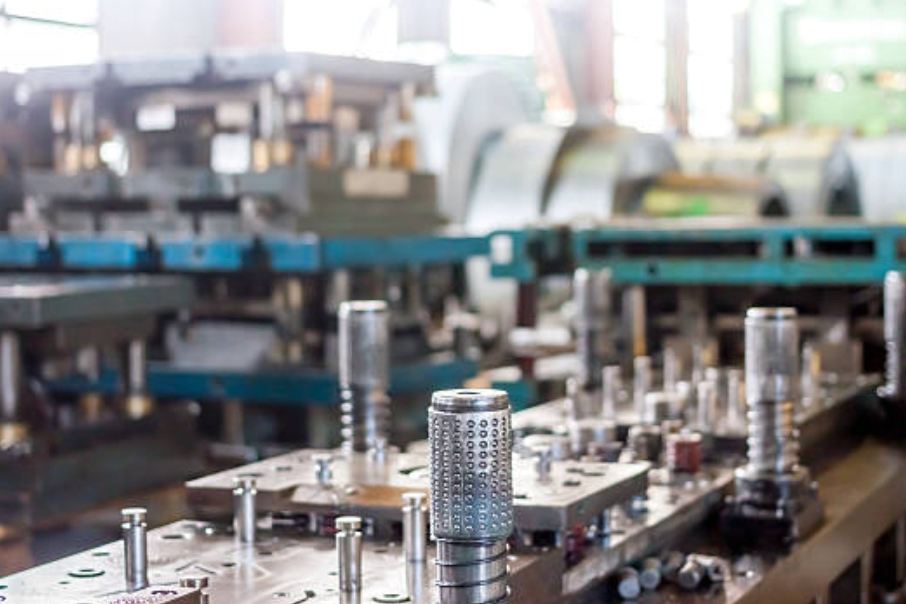
Balancing Tool Stations for Smooth Flow
Each station in the progressive die adds a step to the final product. If the balance is poor, cycle times increase. By redistributing cutting and bending operations evenly across stations, the press force remains stable and vibrations are reduced. Data from the Society of Manufacturing Engineers (SME) indicate that balanced tooling can reduce unplanned downtime by 20%. Moreover, smoother part flow reduces stress concentrations, which minimises premature wear and extends tool life. This strategy ensures that production targets are met consistently, even at higher speeds.
Material Choice and Lubrication Control
Cycle efficiency depends heavily on how the material interacts with the tooling. High-strength steels and aluminium alloys require better lubrication to avoid galling and breakage. According to an Auto/Steel Partnership report, lubrication optimisation can reduce tool wear costs by 12% annually. Progressive dies that integrate lubrication systems at key points minimise friction and heat buildup, allowing presses to run faster and longer. Manufacturers should evaluate different coatings, such as TiCN or DLC, which further improve tool durability under high-cycle conditions.
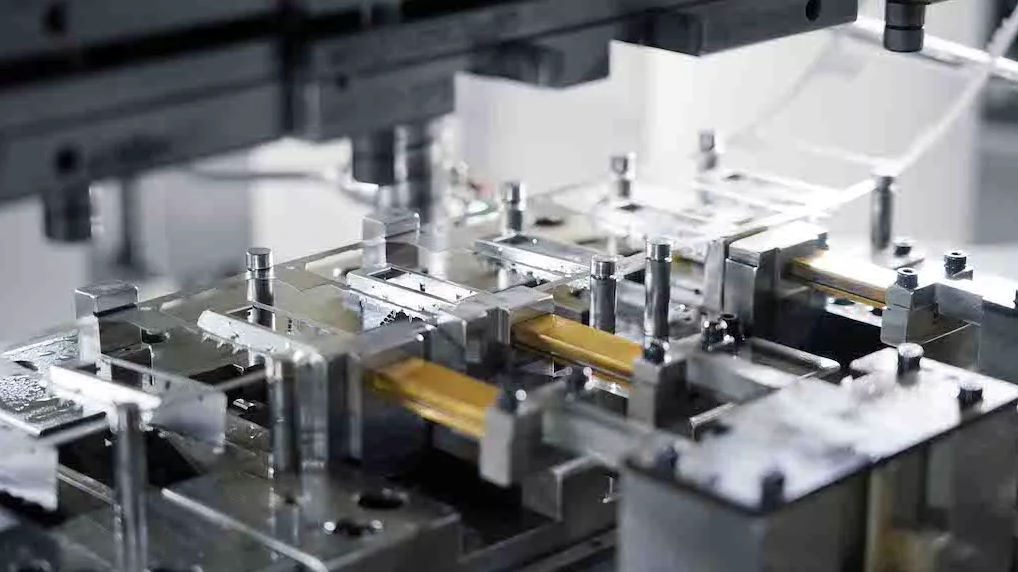
Precision in Die Clearance and Alignment
Tight die clearance and accurate alignment have a direct impact on part quality and press speed. Misalignment causes burrs, scrap, and press overload. Using laser alignment systems and precision-ground die components ensures that clearances stay within tolerance, even under high production volumes. Case studies from automotive suppliers show that adopting in-die sensors to monitor alignment improved first-pass yield by 8%. This kind of digital monitoring reduces rework and waste, while also extending maintenance intervals for progressive dies.
Incorporating Sensors and Smart Automation
Smart factories are increasingly relying on sensors embedded in their tooling. Load monitors, strip detectors, and part-out sensors can detect problems in milliseconds. When integrated into progressive dies, these devices prevent catastrophic press crashes and reduce scrap. A 2023 Deloitte survey showed that manufacturers using innovative tooling reported an average 17% increase in throughput. Additionally, IoT-enabled sensors provide real-time data for predictive maintenance, minimising unexpected downtime and increasing the effective lifespan of the dies.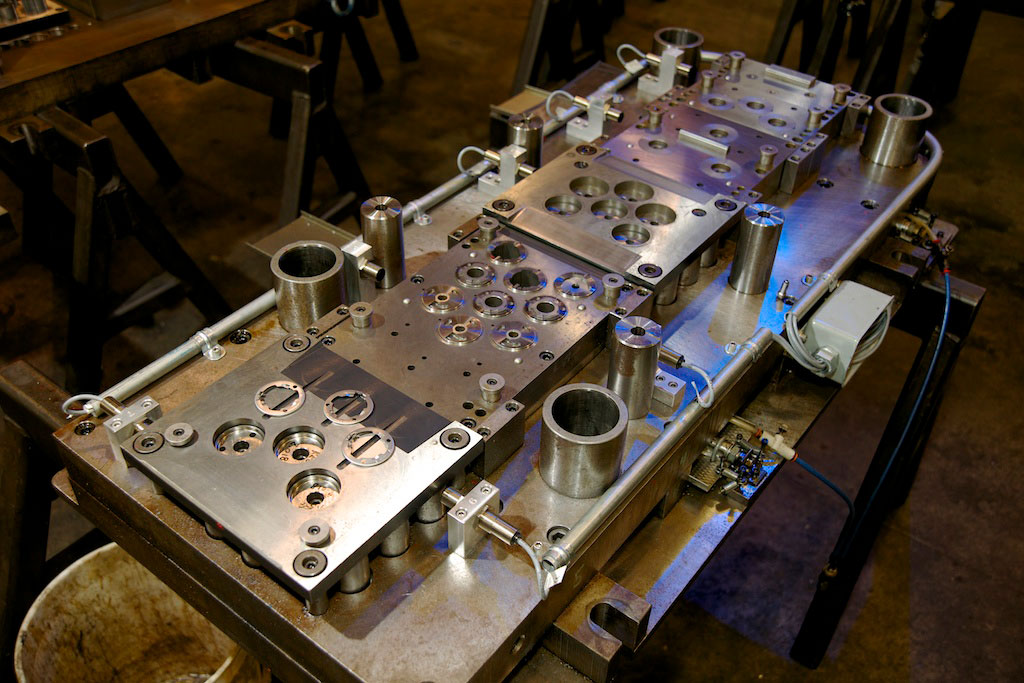
Heat Treatment and Surface Enhancements
Even the best-designed dies fail prematurely without proper heat treatment. Applying vacuum heat treatment ensures uniform hardness, reducing the risk of distortion. Surface enhancements, such as nitriding or PVD coatings, extend wear resistance in high-cycle applications. According to research by ASM International, applying proper surface treatments can double tool life in demanding operations. For progressive dies, this means fewer tool changes, less downtime, and higher yield over the lifetime of production programs.
Case Study for Automotive Stamping Success
A Tier-1 automotive supplier implemented optimised strip layouts, balanced station loads, and in-die sensors across its progressive dies. The result was a 22% reduction in cycle time and a 10% boost in yield within six months. Maintenance frequency also decreased, resulting in annual savings of over $500,000 for the company in tooling and labour costs. This example illustrates how design improvements and digital integration yield not only technical benefits but also measurable financial advantages. It reinforces why manufacturers should treat progressive die optimisation as a continuous improvement process, not a one-time task.
Continuous Improvement in Progressive Dies
Reducing cycle time and boosting yield is not achieved through a single tactic, but rather through an integrated approach. From strip layout design to heat treatment and smart sensors, every decision compounds results. Data from across the industry proves that well-optimised progressive dies deliver faster production, higher quality, and lower costs. Manufacturers that adopt these strategies now will be better positioned for the challenges of 2025 and beyond.

